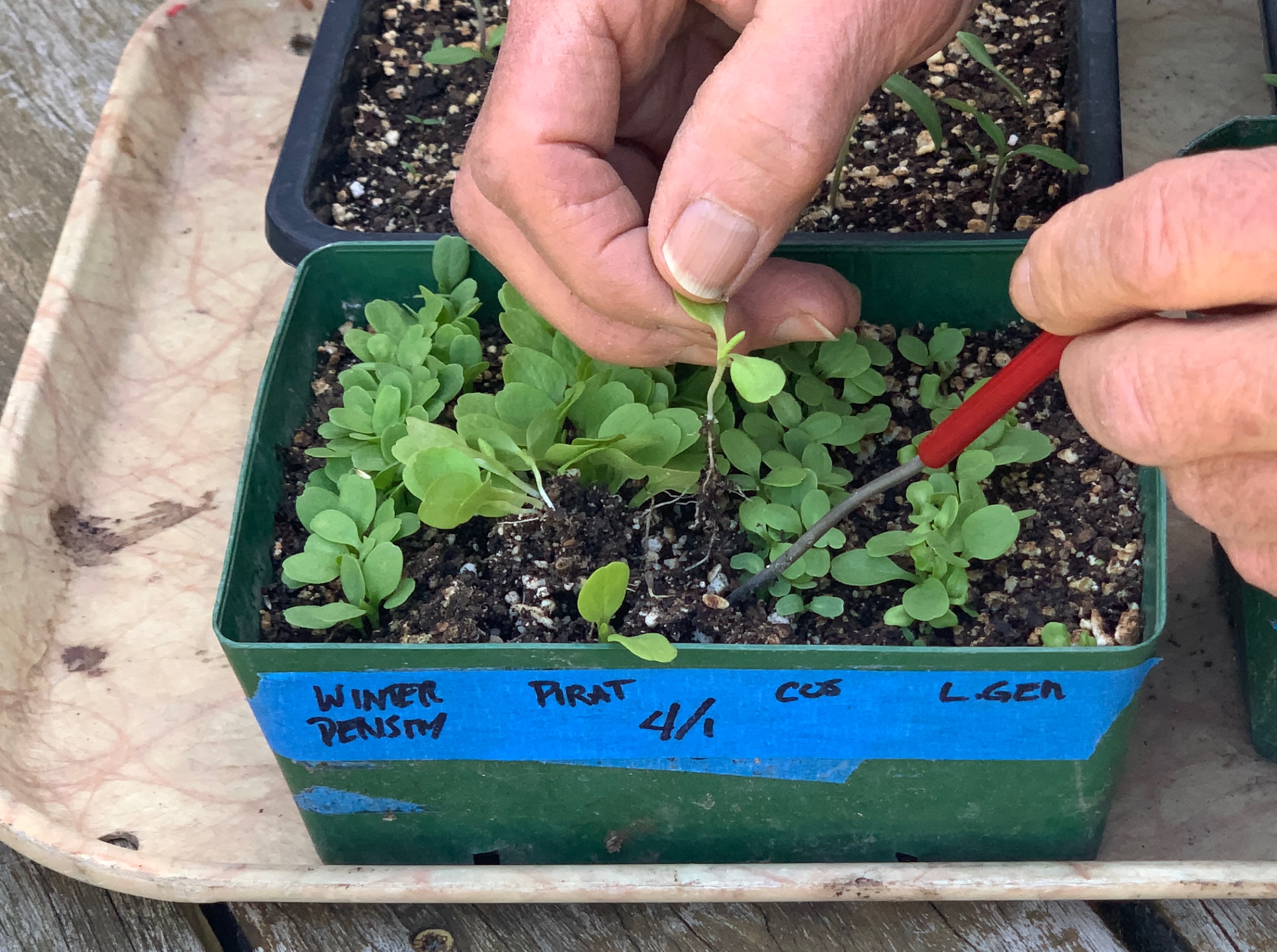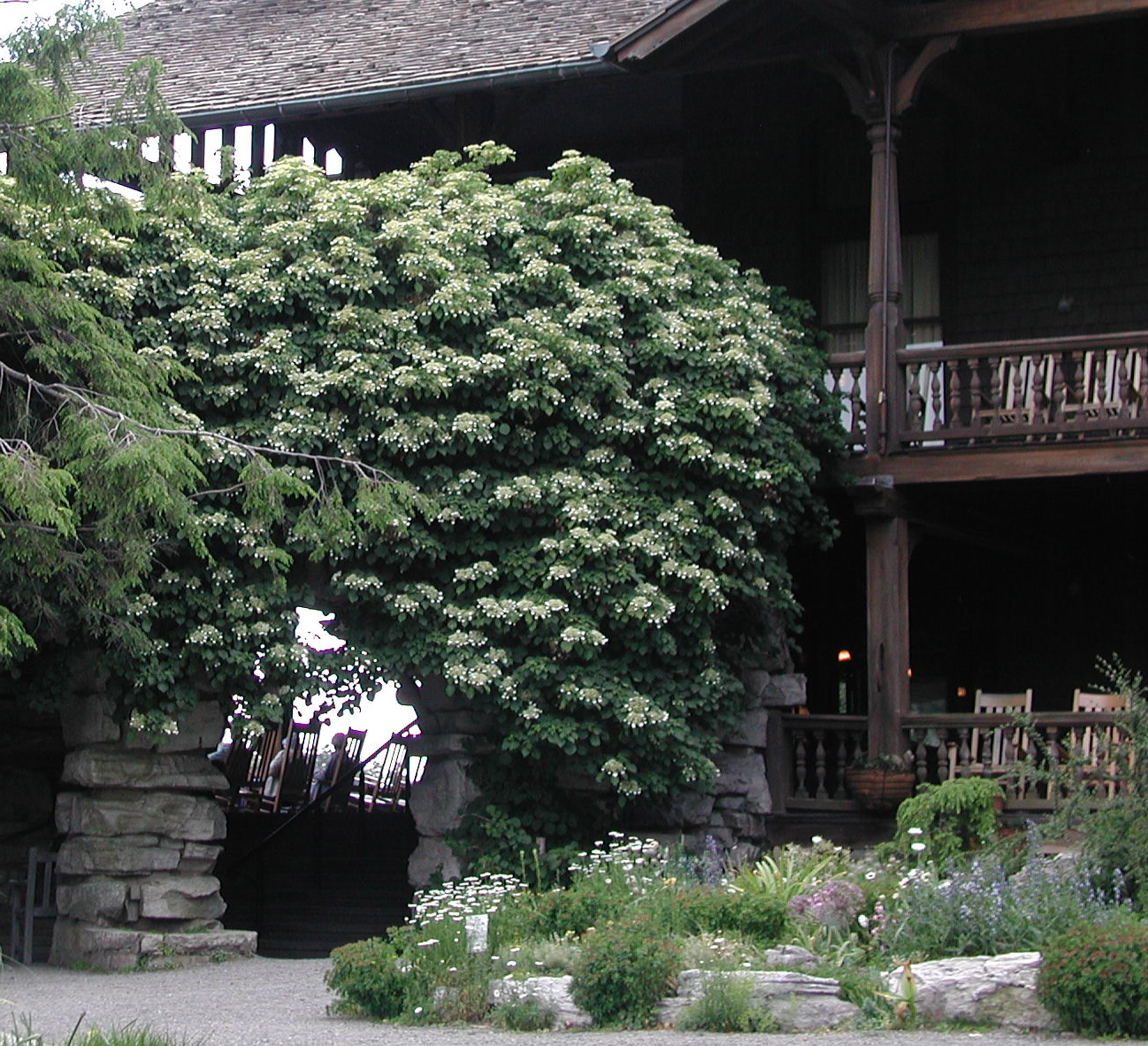PRUNING AN APPLE TREE, A NECESSARY EVIL
/8 Comments/in Fruit/by Lee ReichToo Many Blossoms, Too Many Fruits
I winced with almost every snip of the pruning shears yesterday. My apple trees needed pruning and they were loaded with buds showing pink and about to pop open. Pruning was late this year, not that it would matter to the trees, but I had hoped to get it done a month or more ago, before the vegetable garden started beckoning.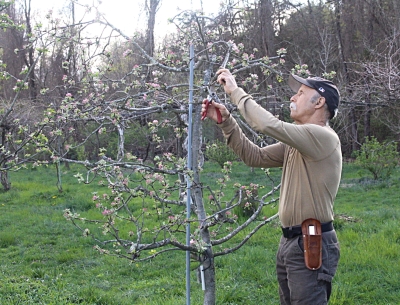
What was making me wince was all the blossoms I was removing, blossoms that, after pollination, could swell into luscious apples. I kept reassuring myself that removing blossoms and, hence, fruit was one of the reasons to prune an apple tree.
Left to its own devices, an apple tree tends to set too many fruits, too many for best quality, that is. With the number of fruits reduced, the tree can Read more
MARCH OF THE LETTUCES
/0 Comments/in Gardening/by Lee ReichA Pinch Every Now and Then
Deb is always impressed at the almost nonstop march of home grown lettuce that makes its way into our kitchen and then to salads and sandwiches each year. Not just a leaf here and there, or even the paltry amount in “side” salads served up in restaurants. No, I’m talking about day upon day lots of lettuce, often even whole heads — even here in zone 5.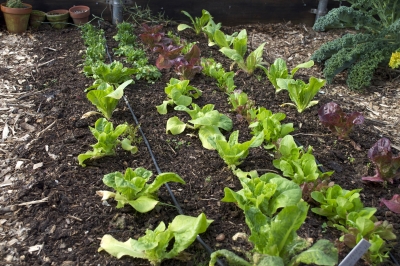
The key to this abundance is sowing seeds every couple of weeks or so. Not right out in the garden, but in seed flats; mine are four inches wide by six inches long and a couple of inches deep. After filling a flat with potting soil, onto the soil I press down a four by six inch board to which I’ve glued four dowels, each four inches long and Read more
PRUNING HYDRANGEA
/6 Comments/in Flowers/by Lee ReichGet hip. Hydrangeas are all the rage these days. If you do have a plant or plants, you may have to prune them. But hydrangea isn’t just one kind of plants; a number of species are popular. Before you approach your hydrangea or hydrangeas, pruning shears in hand, you’ve got to know what species you are growing. They differ in their pruning needs.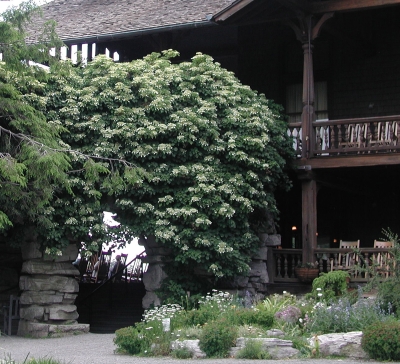
Adapting the text from my book, The Pruning Book, I’m going to give you a (figurative) hand by explaining how to identify each commonly grown species, and then guiding your hand holding the shears.
You’re Probably Growing…
If you grow just one hydrangea, I’ll bet that it’s Bigleaf Hydrangea (Hydrangea macrophylla). This species is most recognizable for sporting electric blue or lively pink flower heads, blue when the soil pH is below 5.5 and pink when the pH is above 6.5. Read more


